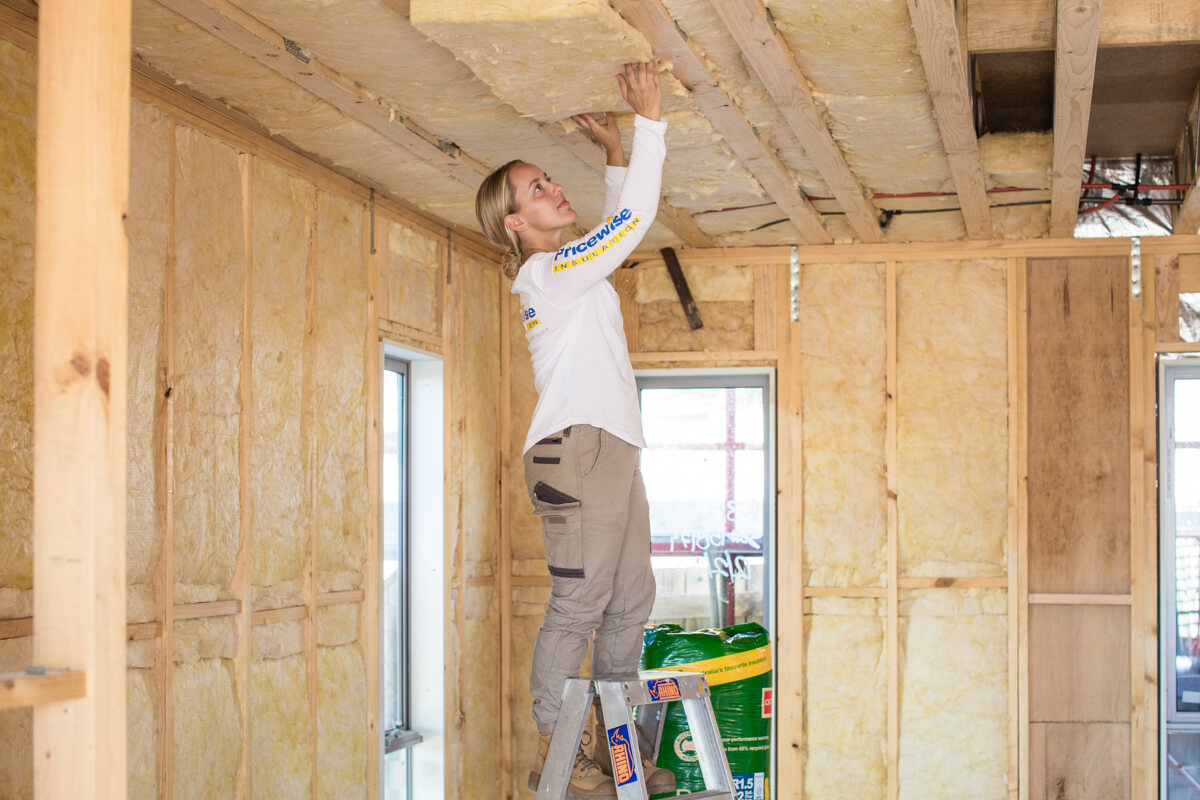Pulse of Information
Your source for the latest insights and updates.
Why Your Home is a Freezer and How to Fix It
Is your home freezing you out? Discover surprising reasons and easy fixes to warm up your space today!
Understanding Home Insulation: Why Your Home Feels Like a Freezer
Understanding home insulation is crucial for maintaining a comfortable indoor temperature throughout the year. When your home feels like a freezer, it often indicates inadequate insulation, which allows cold air to infiltrate and warm air to escape. Insulation acts as a barrier, preventing unwanted heat transfer and keeping your living spaces cozy during the harsh winter months. Common types of insulation materials include fiberglass, foam, and cellulose, each offering different benefits and R-values, which measure thermal resistance. Identifying your home's insulation needs can significantly improve energy efficiency and lower heating costs.
If you're experiencing frigid temperatures indoors, it's essential to assess the home insulation in key areas such as the attic, walls, and floors.
- Attics: A well-insulated attic can prevent heat loss, so check for adequate insulation thickness.
- Walls: Insulating exterior walls is vital in maintaining warmth, particularly in older homes.
- Floors: Only with properly insulated floors will you ensure a comfortable living environment, especially above crawl spaces.

Top 5 Causes of Cold Drafts in Your Home and How to Fix Them
Experiencing cold drafts in your home can be a frustrating issue that affects comfort and heating efficiency. The top five causes of cold drafts include inadequate insulation, gaps around windows and doors, poorly sealed electrical outlets, unsealed attic hatches, and issues with your HVAC system. To help you combat these chilly invaders, it's essential to identify the source of the drafts in order to apply the correct remedy and boost your home's energy efficiency.
To fix these draft issues, start by inspecting insulation in your walls and attic; adding insulation can make a significant difference. Next, check for gaps around windows and doors—using weatherstripping or caulk can seal many of these spaces effectively. Don't overlook electrical outlets; installing outlet gaskets can help minimize drafts. Remember to examine attic hatches too; sealing them off can prevent warm air from escaping. Lastly, ensure your HVAC system is functioning properly and consider consulting a professional if necessary to detect any duct leaks that may contribute to drafts.
Is Your Home Too Cold? Tips to Achieve a Comfortable Temperature
Feeling chilly at home can make even the coziest space uncomfortable. If you find yourself asking, “Is your home too cold?” it may be time to take action. Make sure to check for drafts around windows and doors, as these can significantly lower your home's temperature. Insulating these areas with weather stripping or draft stoppers can help trap heat inside. Additionally, using heavy curtains or thermal blinds can create another layer of protection against the cold, keeping your living spaces warm and inviting.
Another crucial aspect to achieving a comfortable temperature is efficient heating. If your heating system is outdated or not functioning properly, consider scheduling maintenance or upgrading to a more energy-efficient model. Zone heating can also be an effective strategy: this involves using space heaters or adjusting thermostats in frequently used rooms. Remember to set your thermostat to a comfortable temperature, ideally between 68-72 degrees Fahrenheit, to promote warmth without excessive energy consumption.